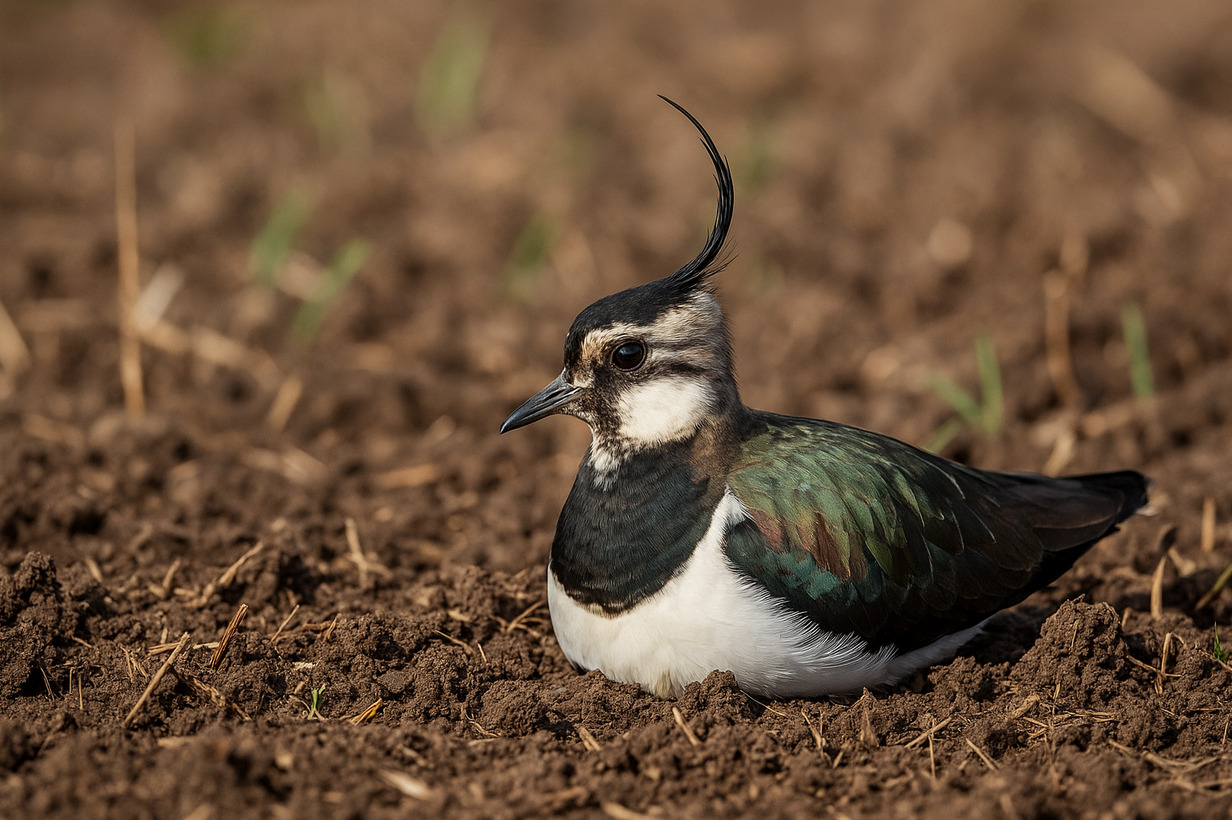Incorporating individual-level variation in conservation
The northern lapwing (Vanellus vanellus) as a case study
This project focuses on modelling the current and future habitat selection of northern lapwings (Vanellus vanellus) using GPS tracking data and individual-based model.

Project description
The Northern Lapwing is a ground-nesting shorebird of conservation concern across its range, especially in Western Europe. Key threats include:
- Agricultural intensification, leading to habitat loss and reduced nesting success.
- Predation pressure, particularly from generalist mesopredators in human-modified landscapes.
- Climate variability, affecting breeding phenology and resource availability.
Despite conservation efforts, population declines persist, in part due to complex and interacting ecological mechanisms that are difficult to assess through observational studies alone.
Project Objectives
- Develop a robust IBM framework and use step selection functions for simulating Northern Lapwing ecology across space and time.
- Quantify the relative influence of environmental factors on movement patterns.
- Evaluate conservation scenarios under alternative land use and climate regimes.
